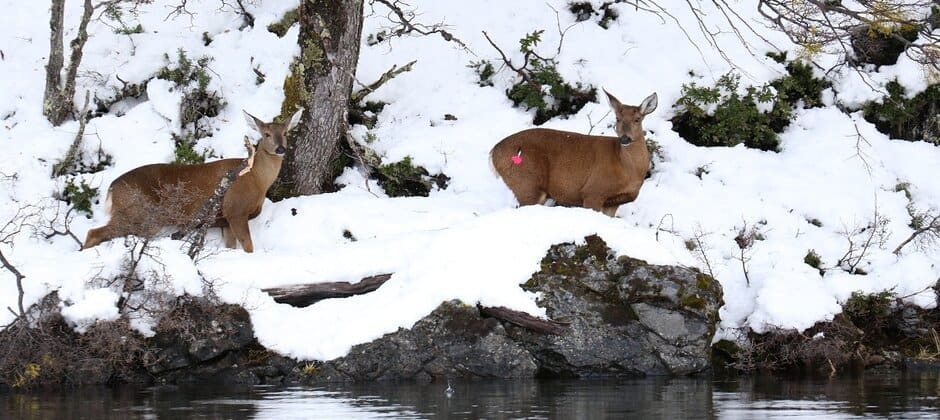Share this article
Wild Cam: The Argentine deer that lost its migratory path
Jo Anne Smith-Flueck and her colleagues floated up to the nearly toothless huemul by boat on Lago La Plata, a clear glacial lake surrounded by pine forests and the snowy Andes in Argentina near the border of Chile, around the end of the area’s winter in 2017. The mid-sized ungulate—the only native deer in the area—was one of a few dozen that spend the year near the scenic lake and surrounding mountain peaks.
Smith-Flueck, the director of scientific research at the Shoonem Foundation—a nonprofit organization focused on conserving huemuls—suspected that these animals weren’t living year-round among the snow-draped southern beech forests by choice. Given the harsh climate, she and her team once thought they might migrate over the mountain passes to the lower valleys in Chile during the coldest months.
The Patagonian huemul (Hippocamelus bisulcus), also known as the south Andean deer, are now celebrated in Chile, where they form one of the two animals on the country’s coat of arms, and in Argentina, where it’s considered one of four species that are natural monuments.
“It has an emblematic significance,” Smith-Flueck said.
But it wasn’t always so. The animals used to be harvested by gauchos or the Indigenous Tehuelche, often with the help of hunting dogs. They also lost territory to cattle ranchers and other types of development. These issues led to a sharp decline in numbers, and the International Union for Conservation of Nature listed the southern huemul as endangered, with an estimated 1,050-1,500 individuals left in the wild.
Enlarge
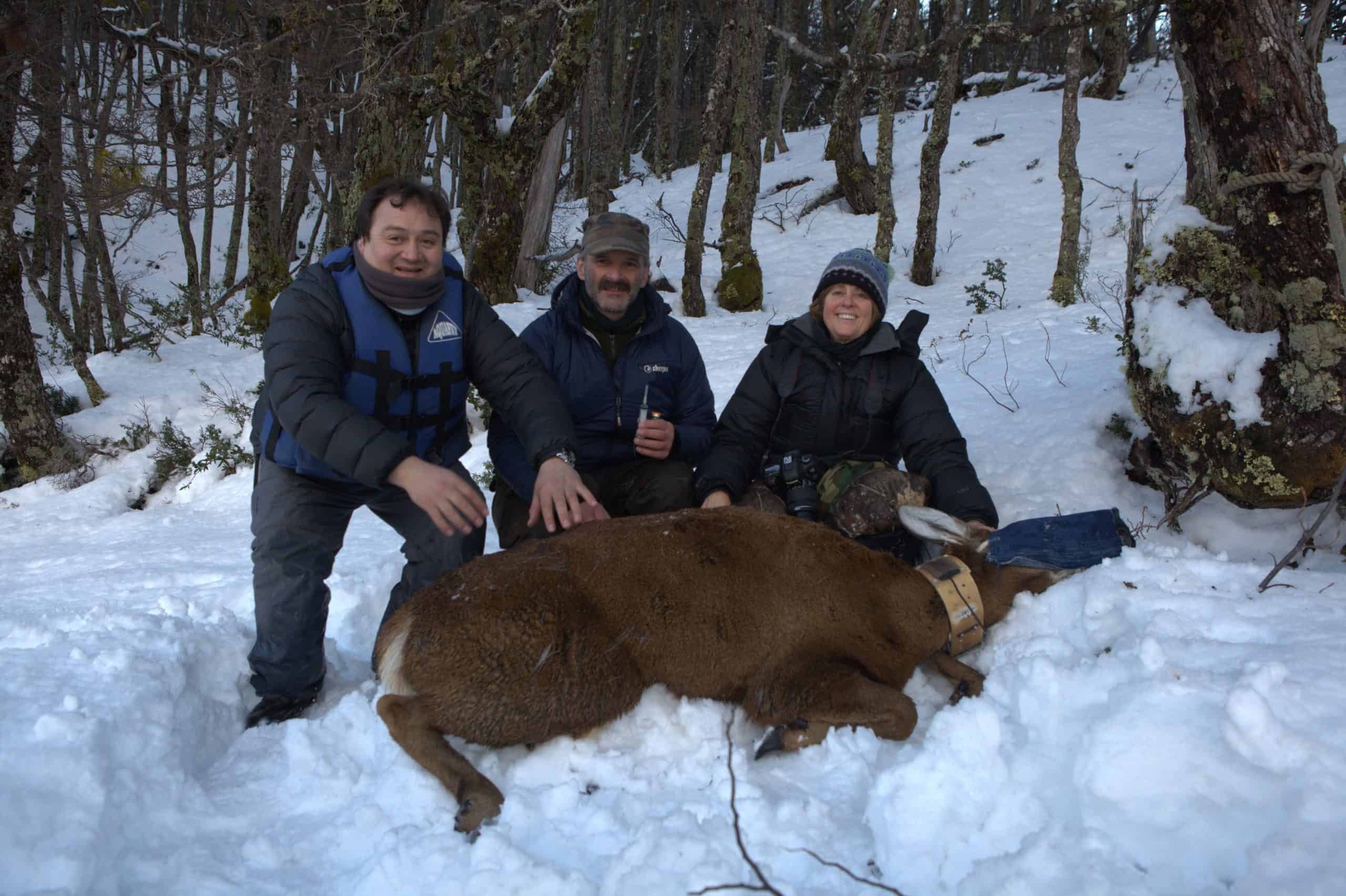
Credit: Miguel Escobar
That year, Smith-Flueck and her team darted the nearly toothless huemul and five others, including the one above. They noticed right away that five of the animals had dental issues—one had few teeth left, while the others were either missing some teeth or had misaligned teeth. They fitted the six animals with VHF collars and took blood samples and measurements.
Enlarge

Credit: Jo Anne Smith-Flueck
Smith-Flueck and her team came back every month with their tracking devices to determine where they were for the next two years. They were just walking through the door of their log home near Bariloche after the eight-hour drive back from Lago La Plata in the beginning of the winter of 2019 when they got a call from a local who lived near the lake. One of the males—the toothless one—was found floating dead in the lake.
Smith-Flueck and her husband immediately turned the car around and drove the eight hours back down south to the lake to see what went wrong.
At Lago La Plata, they conducted a necropsy and sent hair samples to a laboratory in Switzerland. Analysis of the hair samples revealed the toothless huemul was incredibly low in selenium—an essential mineral tied to reproduction and fertility. It’s also important for bone structure—Smith-Flueck believes it might be one of the reasons that the huemul they studied had so many teeth issues.
Enlarge
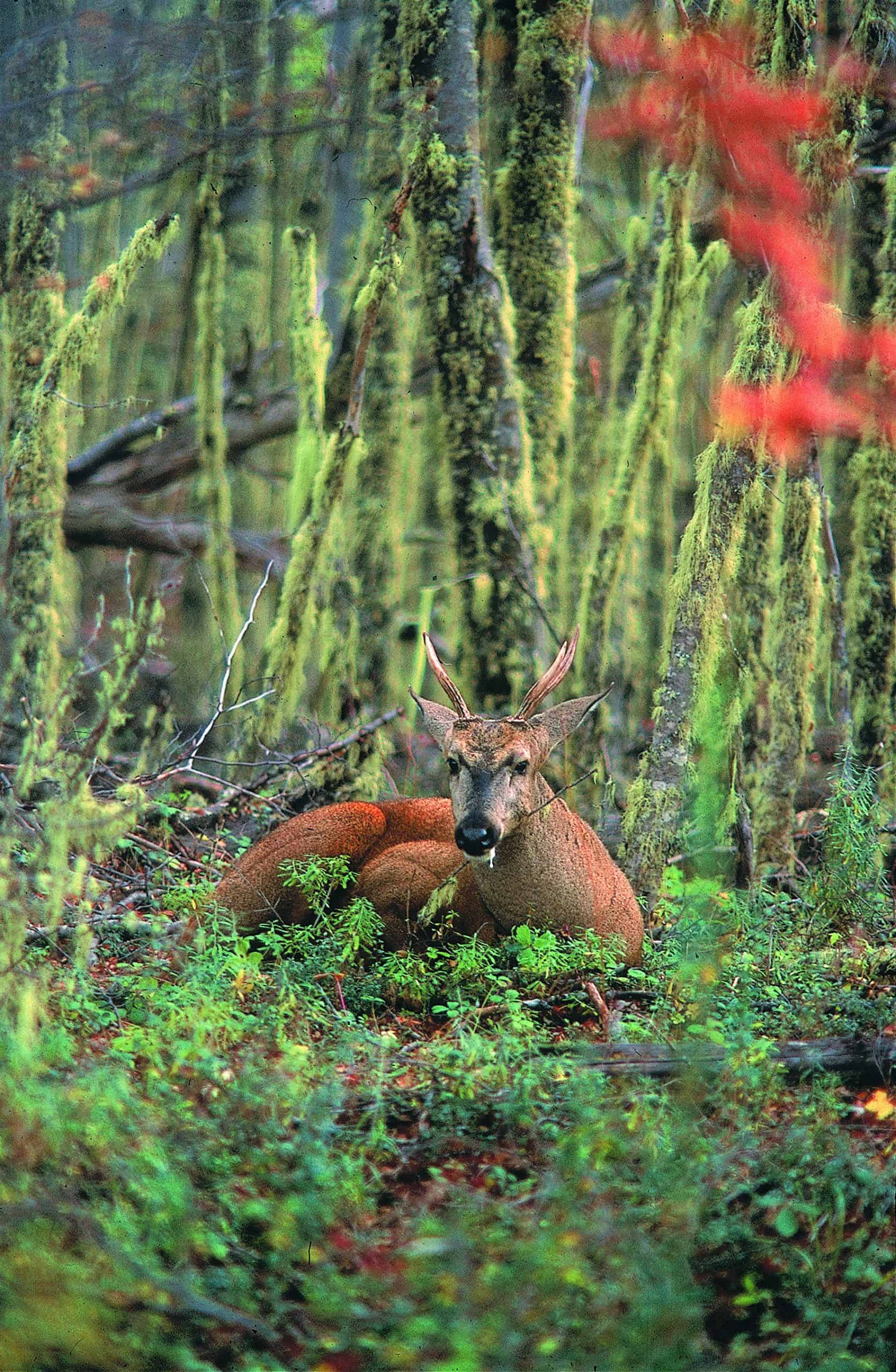
Credit: Jo Anne Smith-Flueck
The data they collected from the tracking devices also revealed that the animals never left the mountainous area around Lago La Plata. While perhaps surprising given the harsh climate of the area in the winter, scientists had long believed that huemul weren’t a migratory species. They saw the places that huemul still lived as examples of pristine Andean nature, something that should provide the needs of a native ungulate like the huemul.
The researcher’s data also suggested the species isn’t migratory, but “now, they are mainly only found in these areas of high refugia,” said Smith-Flueck, a TWS member.
Enlarge
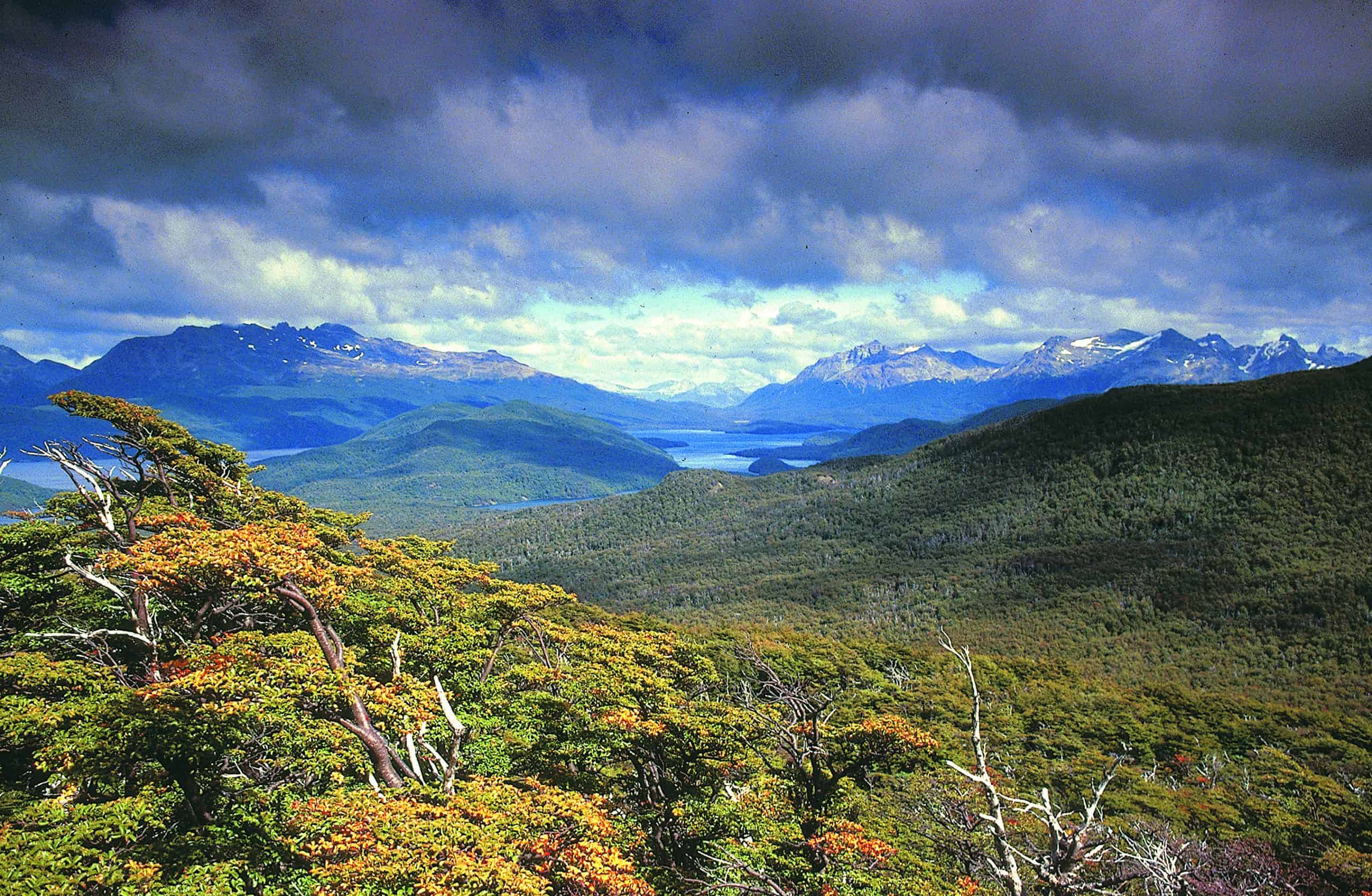
Credit: Jo Anne Smith-Flueck
But she and Flueck, also a TWS member, suspected that the original supposition that these areas provided ideal habitat for huemul with enough resources to preclude the need for migration was based on faulty assumptions. The animals Smith-Flueck studied at Lago La Plata, pictured above, weren’t getting all the minerals they needed, after all.
To learn more about huemul, Smith-Flueck and her colleagues conducted an extensive literature survey—everything from paleontology to historical reports of huemul. In a study published recently in Conservation, they found records of huemul and their ancestors in a much wider range of ecosystems than those they inhabit today—the deer were found well into lowland parts of Patagonia, for example, as early as the Late Pleistocene about 15,000 years ago. The historical accounts supported this, showing the deer once migrated into the lowlands alongside cattle, and ranchers in grasslands even in modern times still sometimes found old huemul antlers on their land.
“Some of the papers that we were able to dig up showed that they were migratory,” Smith-Flueck said.
But due to pressure from hunting, the use of dogs in ranches and land development, the researchers believe the huemul were slowly pushed to live more permanently in higher elevations. The dogs can be an especially large problem as they chase away the ungulates, or directly hunt them, with or without humans. While huemul can be surprisingly nonplussed by human presence in cases like the one shown in the video above, they are really only found today in remote areas without many people.
Enlarge
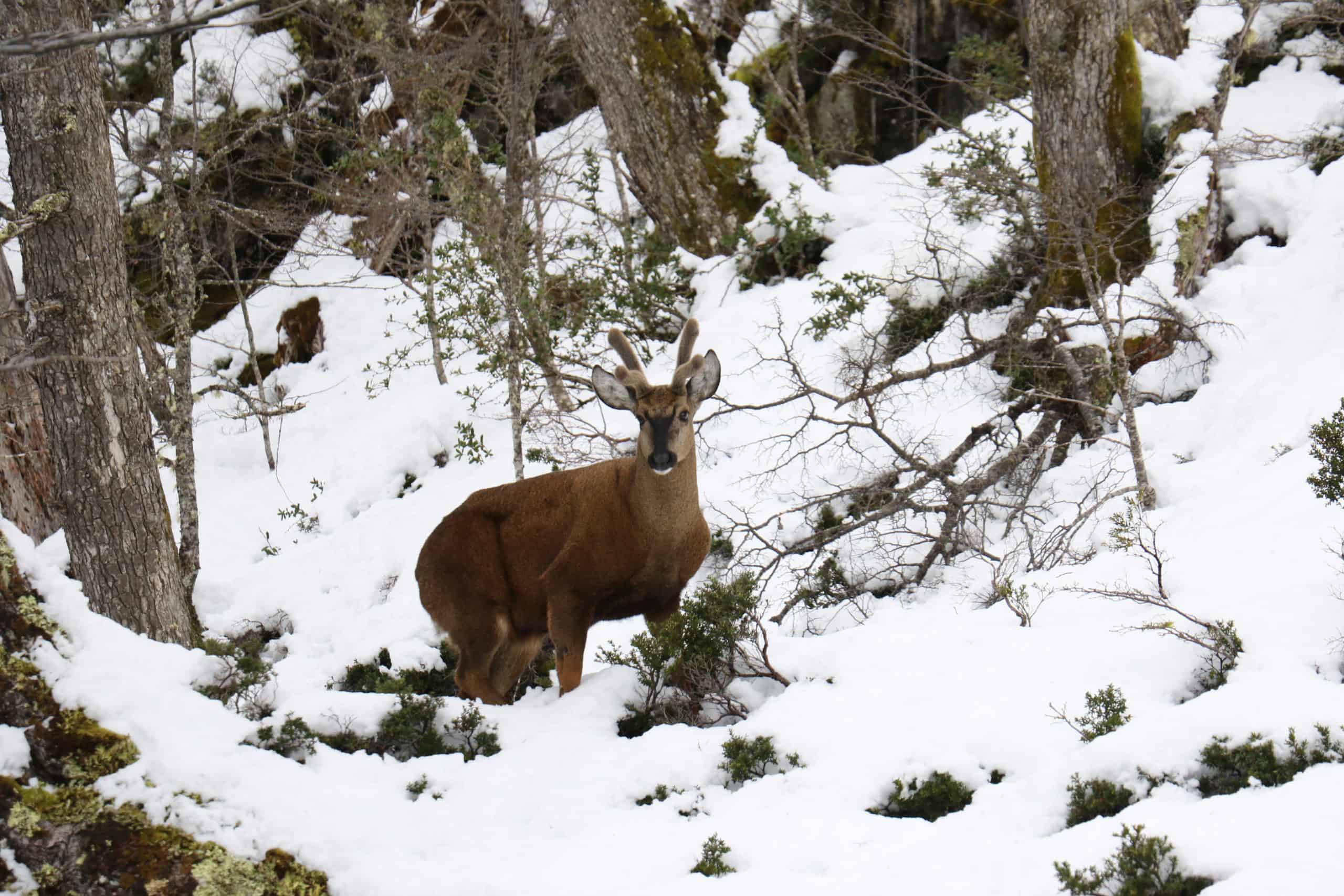
Credit: Jo Anne Smith-Flueck
Since migratory behavior is learned, taught from parents to their offspring over generations, population loss likely eventually drove the loss of their migration.
While something similar may be happening to a woodland mountain caribou (Rangifer tarandus caribou) herd in western Alberta due to oil and gas development, “[huemul] were the only cervid that we could find in literature throughout the world that is stuck in its summer range,” Smith-Flueck said. “They’re staying up all year long in what used to be summer range.”
Enlarge
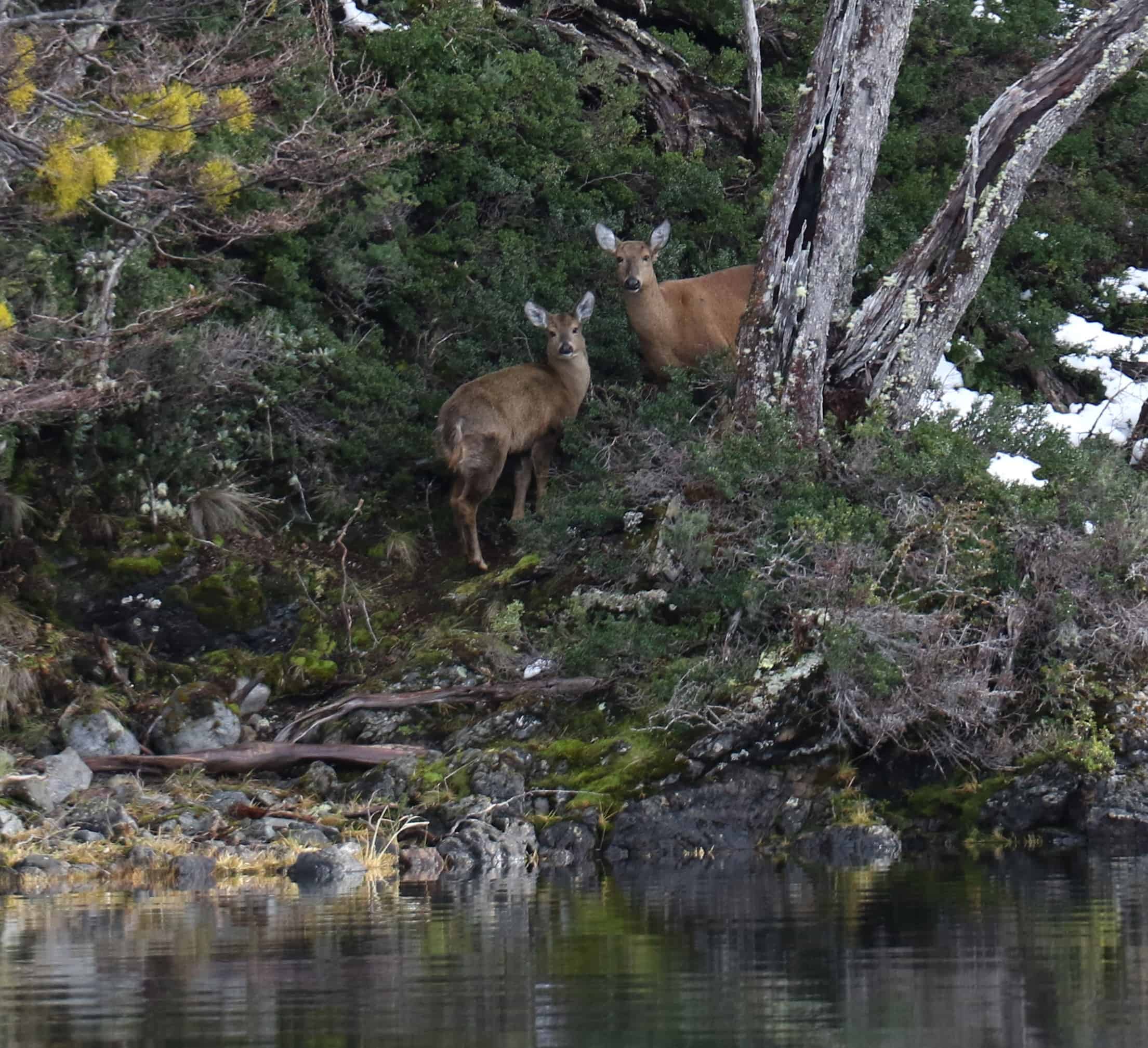
Credit: Jo Anne Smith-Flueck
Restoring a lost migration behavior will be difficult. But it’s possible that such things may happen naturally if huemul reach high population densities. Smith-Flueck points to the example of the red deer (Cervus elaphus) introduced to Patagonia early in the 20th century. These deer quickly multiplied on the landscape and even began to migrate areas initially new to them. The long-term goal of the Huemul Rehabilitation and Breeding Center Smith-Flueck and her team have set up is to translocate animals back to the steppe grasslands along waterways. If numbers increase there, they hope that the animals may begin to migrate to the mountains in the summer again.
“Some individuals will begin to search for new areas to get away from the pressure of being at carrying capacity with lack of resources,” she said. “Basically, when it becomes competitive enough, some disperse.”
But she also speculated about the possibility of imprinting fawns on a wildlife manager, who could lead them on a migration for their first spring, then bring them back in the fall, similar to the way wildlife managers once led whooping cranes (Grus americana) on a migration using lightweight flying craft. “This could be accomplished either by walking or on horseback, the latter which would be more reasonable given the distance,” she said.
Many researchers believed that the reason huemul numbers declined may have been due to competition for resources from the invasive red deer. But the research by Smith-Flueck and her colleagues seems to point to other factors playing a central role.
Enlarge
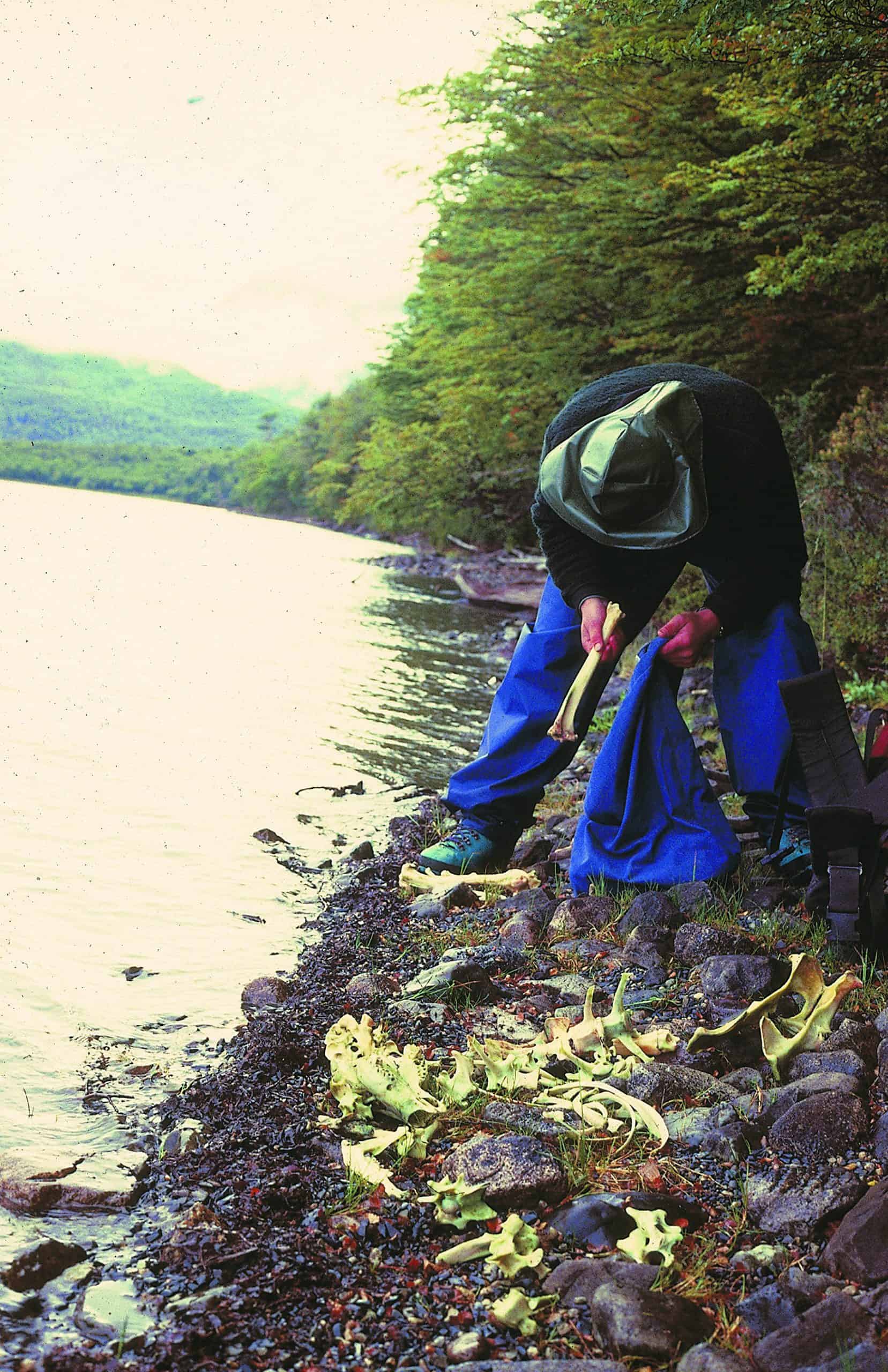
Credit: Jo Anne Smith-Flueck
This change in behavior also means a change in the kinds of nutrition the huemul received over time. The huemul may not be getting the same kinds of minerals like selenium from higher elevations—erosion could cause traces of the mineral to wash down to lower elevation areas. And there could be other effects on huemul nutrition due to the difficulty of accessing vegetation buried in snow in the winter.
Dozens of bones the researchers collected for this study revealed that the animals were all deficient in selenium. Selenium deficiency may have played a factor in the death of the toothless huemul. And the lack of teeth may have led to an inability to eat the kind of food necessary to survive through the winter.
Enlarge
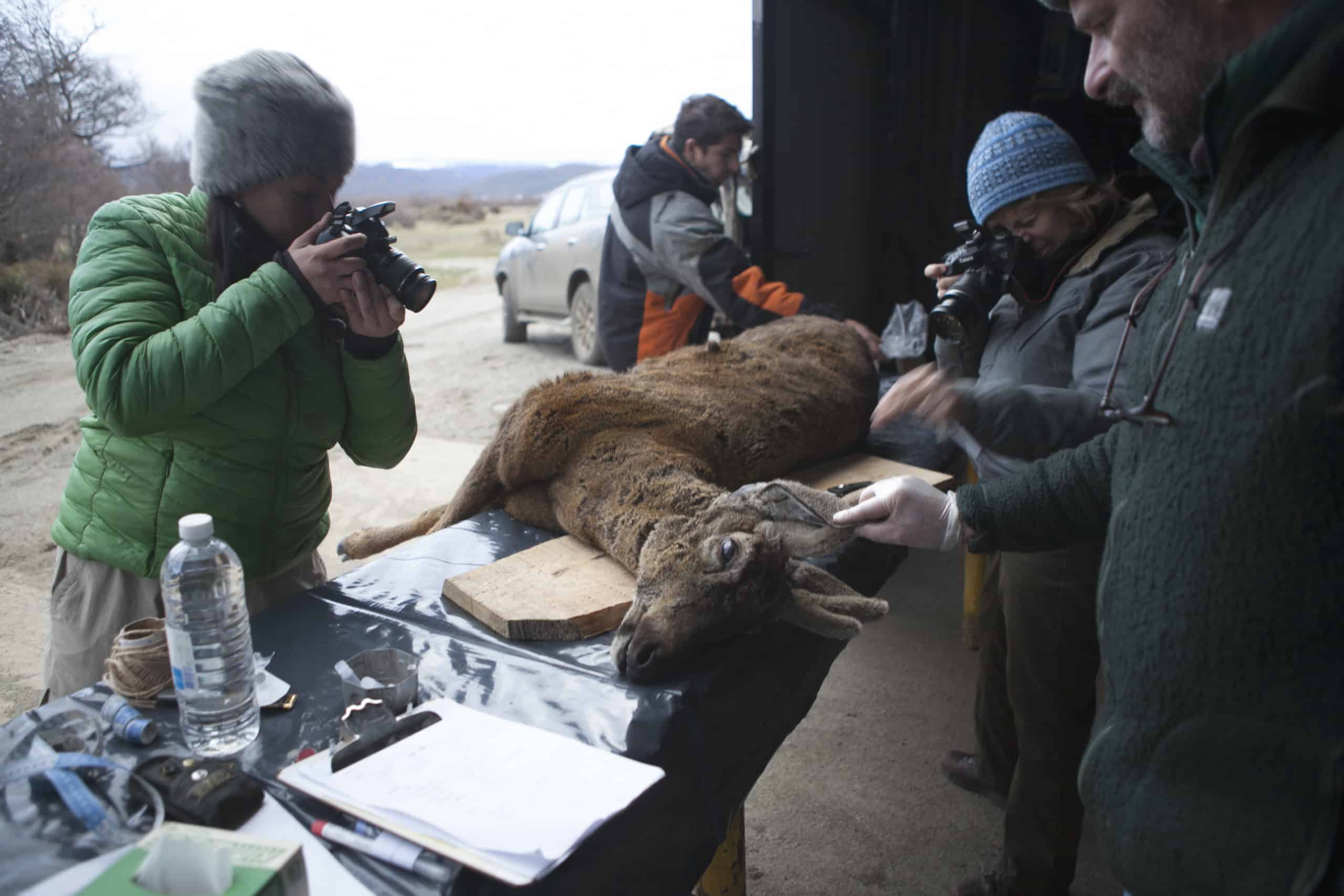
Credit: Miguel Escobar
But when Smith-Flueck and her colleagues conducted the necropsy, they took the opportunity to preemptively improve conservation of the species—they removed the testicles in an effort to see if they could save any sperm from the recently dead male. The fragmented nature of the now non-migratory huemul population in the Southern Cone has meant that the Shoonem Foundation has to plan for a possibility in the future in which genetic diversity is low, and captive breeding will be needed to bolster the genetic health of remaining populations. They are storing samples in an effort to help spearhead future breeding efforts used in conjunction with reintroductions of the deer. Smith-Flueck said that the facility just got approval from the Argentine province of Chubut, “despite strong opposition from federal government biologists.”
The federal government, she said, believes such efforts aren’t needed, and that the effort would be risky and unsuccessful, Smith-Flueck said. But she disagrees. “All these issues of nutritional-based diseases and genetic diversity loss will certainly be improved, should the Argentine government encourage—instead of opposing—more centers to be opened in the future,” Smith-Flueck said. “That is our desire.”
Enlarge
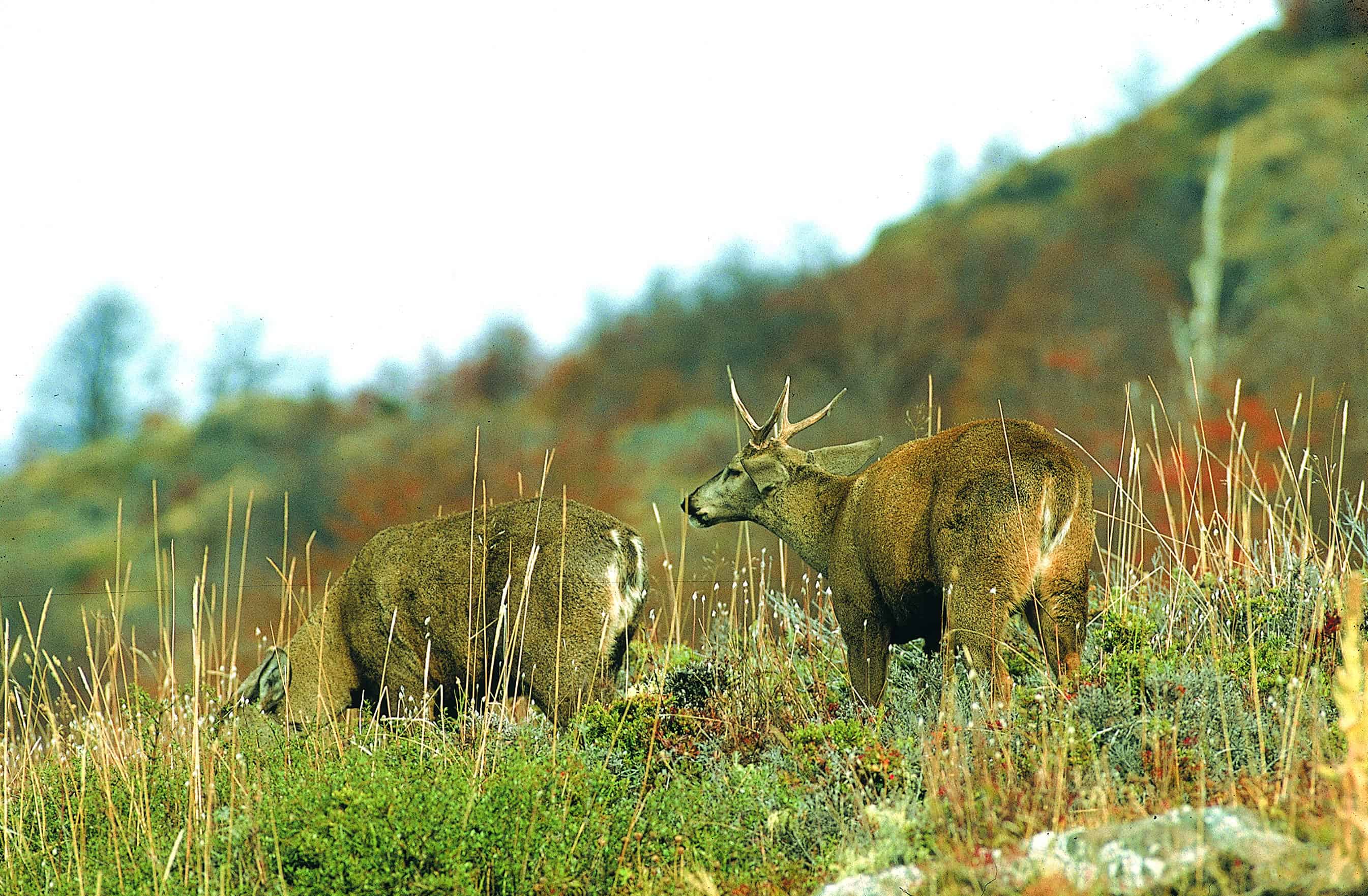
Credit: Jo Anne Smith-Flueck
Luckily for the toothless one, some of its sperm survived thanks to the deep freeze of the winter when it died. Smith-Flueck and her colleagues managed to immediately store it in Styrofoam they got from an ice cream store. The material helped to keep it at an optimal temperature, at least until they could drive it north to a lab for proper storage.
Researchers still don’t know much about the reproduction of huemuls—they don’t even know for sure when it happens. But as long as the lack of teeth had more to do with the low selenium levels than any kind of genetic issue, it’s possible that the toothless huemul will one day father tooth-full offspring.
Header Image: Two huemuls, one darted, watch researchers from a lake shore in Argentina. Credit: Jo Anne Smith-Flueck



